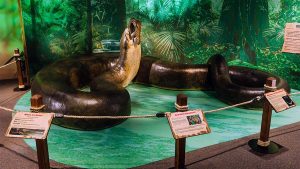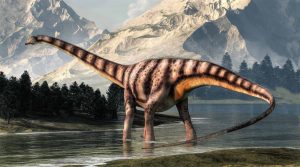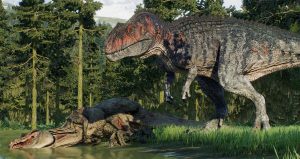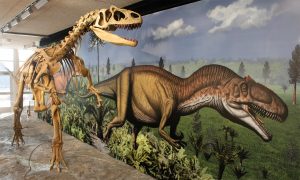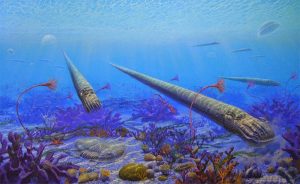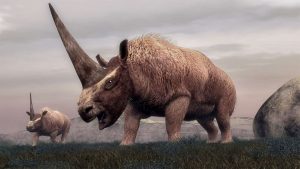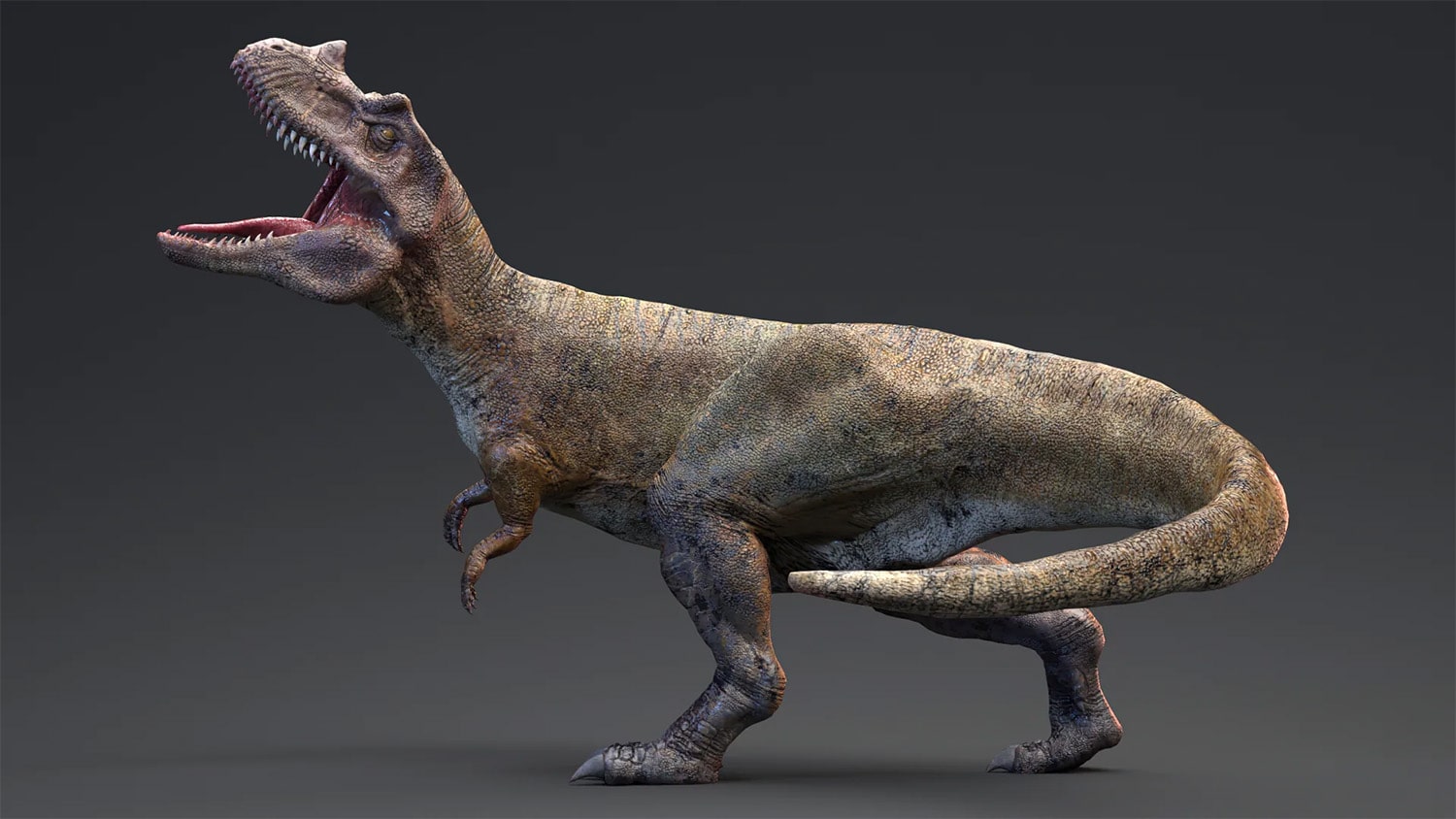
27 interesting facts about Ceratosaurus
- 👁️ 1105
The Ceratosaurus, a fearsome predator of the Late Jurassic period, continues to captivate the imagination of paleontologists and dinosaur enthusiasts alike. Its name, meaning “horned lizard,” hints at its distinctive physical characteristics, notably the large horn on its snout. This dinosaur roamed the prehistoric landscapes approximately 150 million years ago, sharing its environment with other giants of the Jurassic era. Its fossils, primarily found in North America with additional finds in Portugal and possibly Africa, offer a glimpse into a world where the Ceratosaurus was a formidable carnivore. The study of Ceratosaurus not only enriches our understanding of dinosaur biodiversity but also illuminates the complex ecosystems of the past.
- Ceratosaurus lived during the Late Jurassic period, around 150 million years ago
- It is named for the distinctive horn on its snout
- Fossils have been primarily found in the Morrison Formation of North America
- Additional fossils have been discovered in Portugal and possibly Africa, suggesting a wider distribution
- The Ceratosaurus had a large, powerful jaw with sharp teeth
- It walked on two legs and had a strong, muscular tail
- This dinosaur measured up to 20 feet in length and weighed around 1 ton
- The skin of Ceratosaurus featured osteoderms, or bony plates
- It had three fingers on each hand, each equipped with large claws
- Ceratosaurus is believed to have been a solitary predator
- Its diet likely consisted of large herbivorous dinosaurs and possibly fish
- The nasal horn might have been used for display, combat, or both
- Ceratosaurus’ long and flexible tail could have been used for balance and maneuverability
- The dinosaur had relatively short arms compared to its body size
- It coexisted with other large predators like Allosaurus, but likely avoided direct competition
- The first Ceratosaurus fossils were discovered in 1884 by Othniel Charles Marsh
- It had a large pelvic bone that supported its powerful leg muscles
- Ceratosaurus’ fossils are relatively rare compared to other contemporaneous dinosaurs
- Studies suggest there were multiple species of Ceratosaurus
- The thigh bones of Ceratosaurus were robust, indicating strong locomotive capabilities
- Some Ceratosaurus species had more pronounced horns than others
- It is considered to be one of the more primitive members of the theropod group
- Paleontologists believe that Ceratosaurus was an adept swimmer, hunting aquatic prey
- Its distinct features make it one of the easily recognizable dinosaurs
- The environment Ceratosaurus inhabited was lush and riverine, abundant with potential prey
- Despite its fierce appearance, it wasn’t the top predator of its ecosystem
- The discovery of Ceratosaurus greatly contributed to our understanding of dinosaur diversity during the Jurassic period
The Ceratosaurus remains a subject of fascination due to its distinctive features and the mysteries surrounding its lifestyle and habitat. Its presence in various locations across the globe suggests a remarkable adaptability and survival strategy in the competitive ecosystems of the Late Jurassic. The study of this remarkable dinosaur not only sheds light on the evolutionary history of theropods but also on the dynamics of prehistoric ecosystems. Through ongoing research and discoveries, the legacy of Ceratosaurus continues to enrich the paleontological world, providing insight into the incredible diversity of life that once roamed the Earth.
